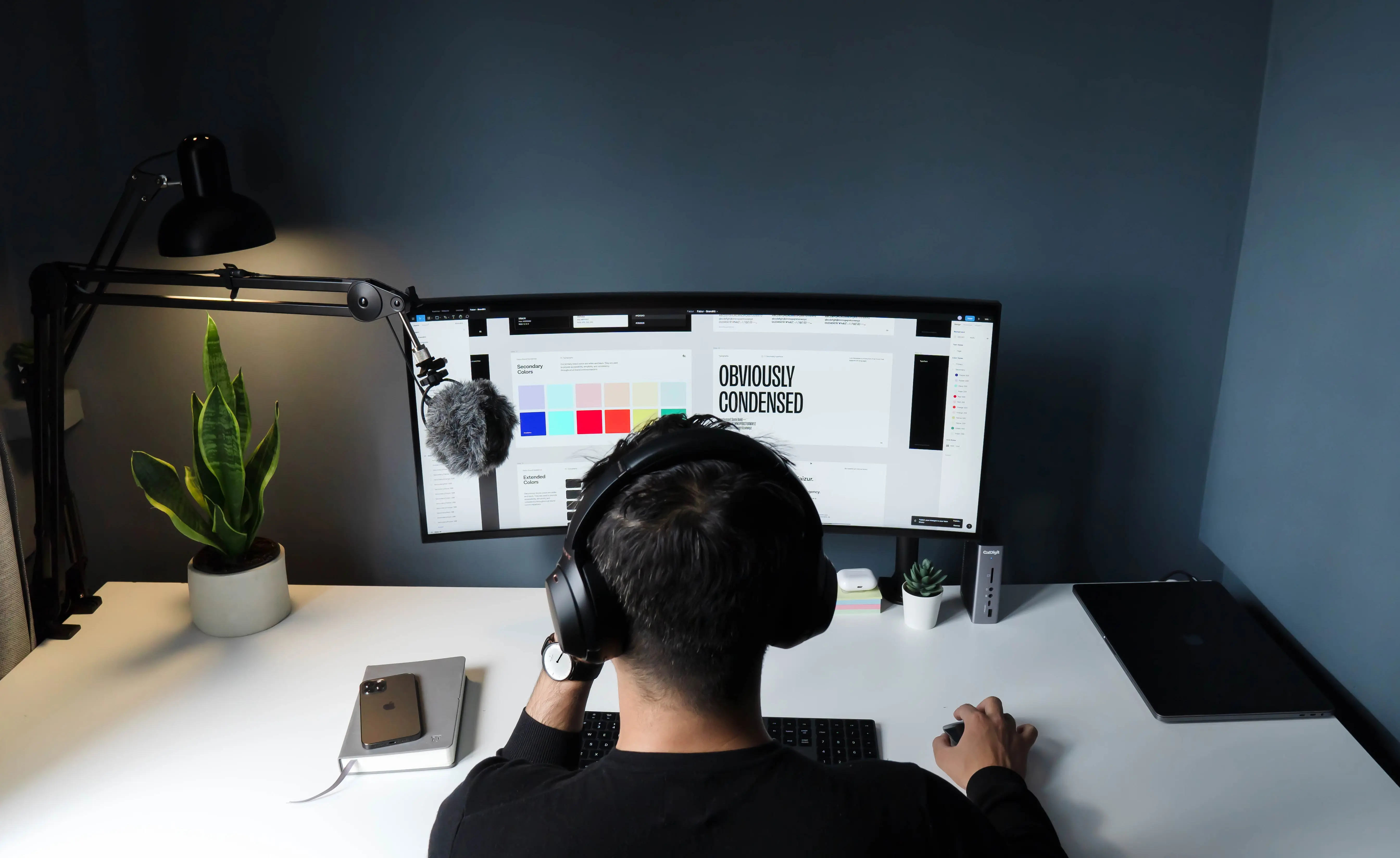Working as an in-house designer

Photo by Faizur Rehman on Unsplash
The in-house designer
This is my preferred way. As an employee, you have a chance to shape how UX is done in the company and practice the whole design process. Over time you are trusted by stakeholders, developers and users, which allows you to do more on larger scale. It is a lot of work, but very satisfying. Your career grows as the UX maturity level of the firm.
It is highly recommended to be curious about the industry you are joining. You will need to deepen your domain knowledge to be able to design and if you don't believe or don't care about it, it will be challenging. I had a really hard time to design features for investments or mortgages due to my lack of interest. It is even better if you are already a customer.
The salary tend to be higher compared to a freelancer or agency designer, at least here in Switzerland.
The freelancer
It sounds appealing to many people. You work only when you want, for clients whom you want, from where you want. Apart from design work, you spend time to manage current projects and look for next ones. There are platforms and agencies help you with that, but still you are responsible. Because freelancers like flexibility, they often choose short term projects. These projects tend to have lower budgets and not high complexity.
Platforms like Freelancer.com aren’t really an option for you if you live in Switzerland due to the global market where others push the prices down. It is up to you if you want to play the game of “who is cheaper”. Other possibility is to go and find something local where trust, language and proximity to the client is important. As digital products always evolve clients have continuous needs. This means, having few clients with long term relationship will save you time by not having to look after new ones.
The career means building a good client base, delivering quality work and establishing your brand.
You might find it challenging to practice proper research-driven user experience design with user research and usability testing due to the lack of budget.
The agency designer
Here I have the least experience. I know agency designers tend to have less salary, longer working hours, but in exchange they work on many different projects for different industries. I am not sure about the career path or the chance to practice design from research until delivery. I guess there the craft is the most important skill to develop.
As freelancers, agencies tend to keep the same clients as well. This means maybe after some time the type of projects become repetitive.
The consultant
A consultant usually works in larger scale, complex projects. They have dedicated sales forces and a team capable of delivering a project from start to finish.
The promise is that you have an internal career path and the possibility to switch between industries and projects, but often this isn't the case. Try to avoid "body leasing", where you are sent to the client to work as a single resource. You don't really belong to the client, neither do the consultancy.
The salary is usually around the same or less as for an in-house designer.
A consultant designer won’t work for decades on a project, mostly they are involved at the beginning. They do the initial market and user research. If they join a running project, they will have the opportunity to establish or support user research and UX metrics. They might not see the result of their work.
Conclusion
Each working style has pros and cons and it will depend on the person what she or he like. There is one more important thing to consider, the primary target audience of a freelancer, agency designer or consultant is the hiring client and not the end user or customer. Opposite to the in-house designers, where you spend more effort on designing for the people who actually use the product or service.